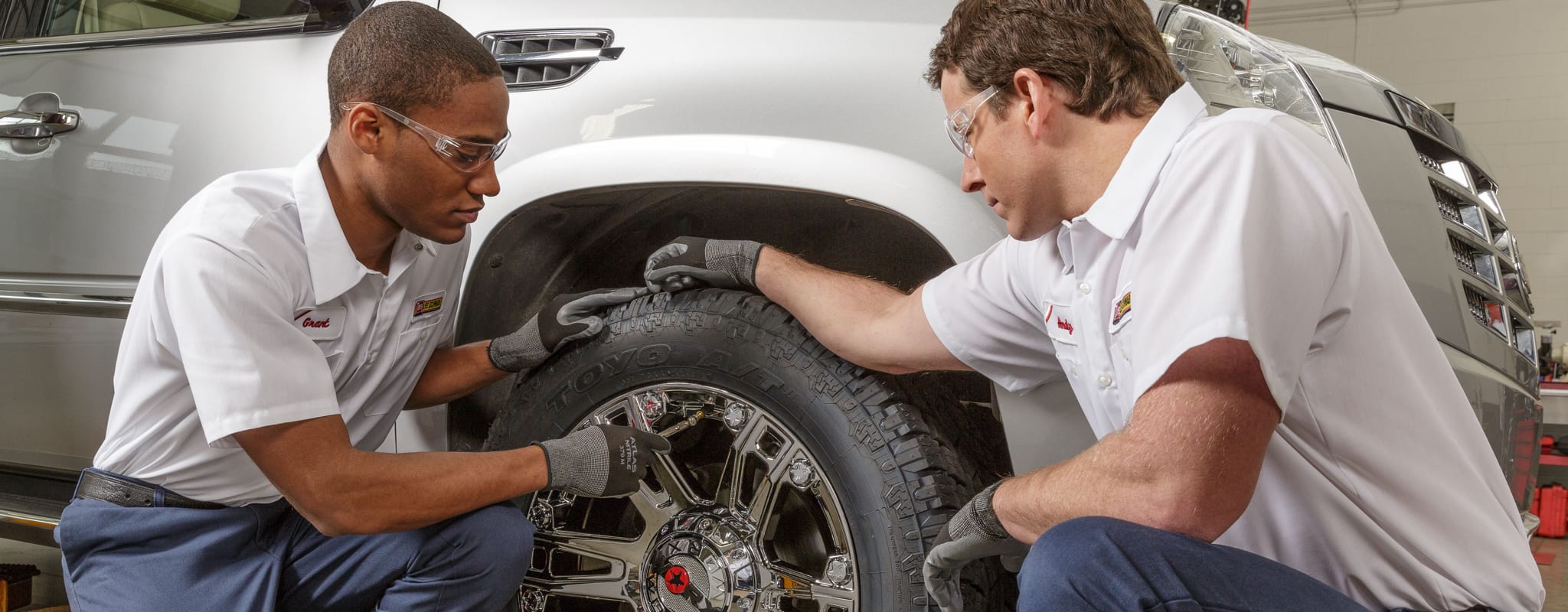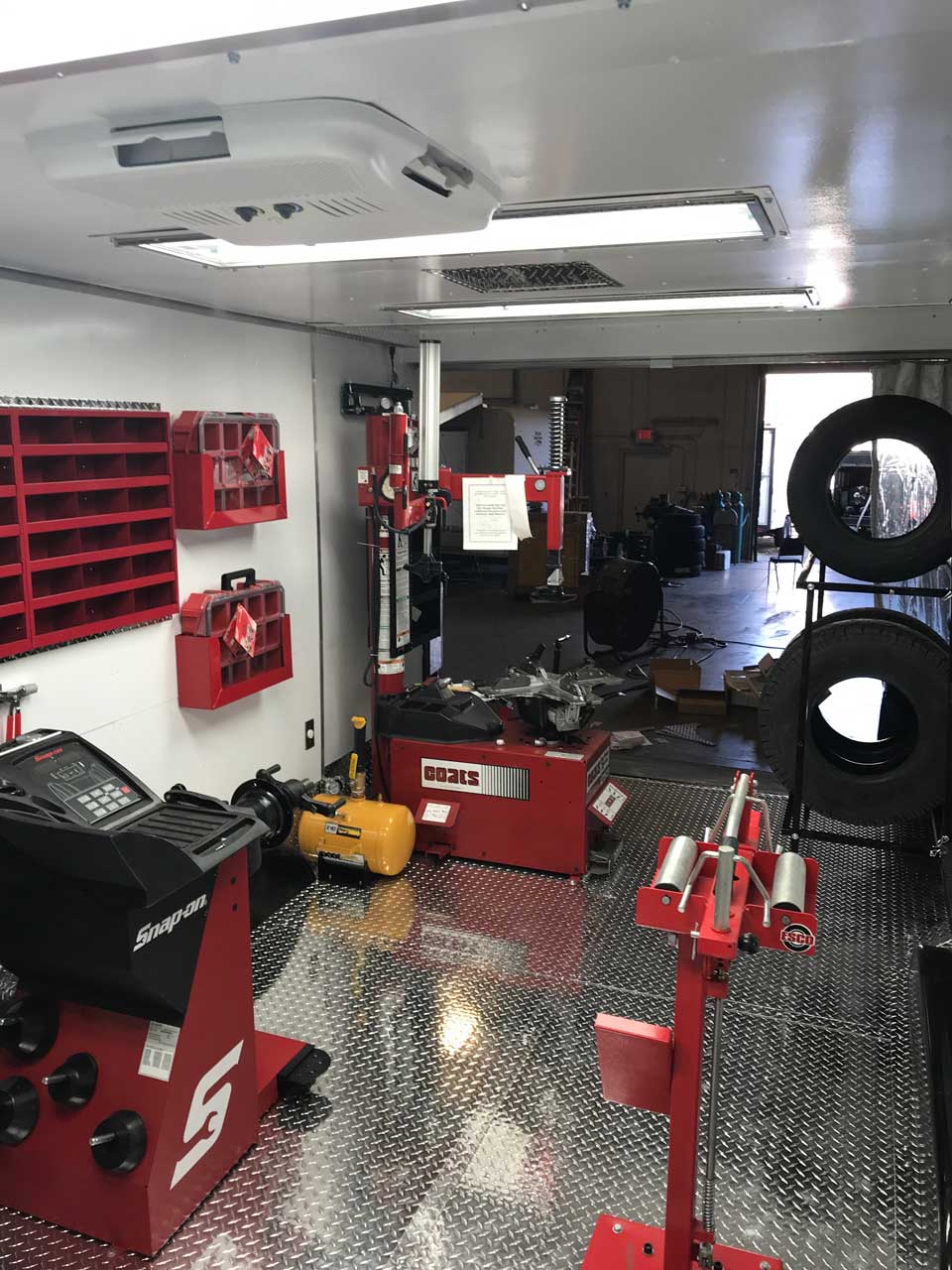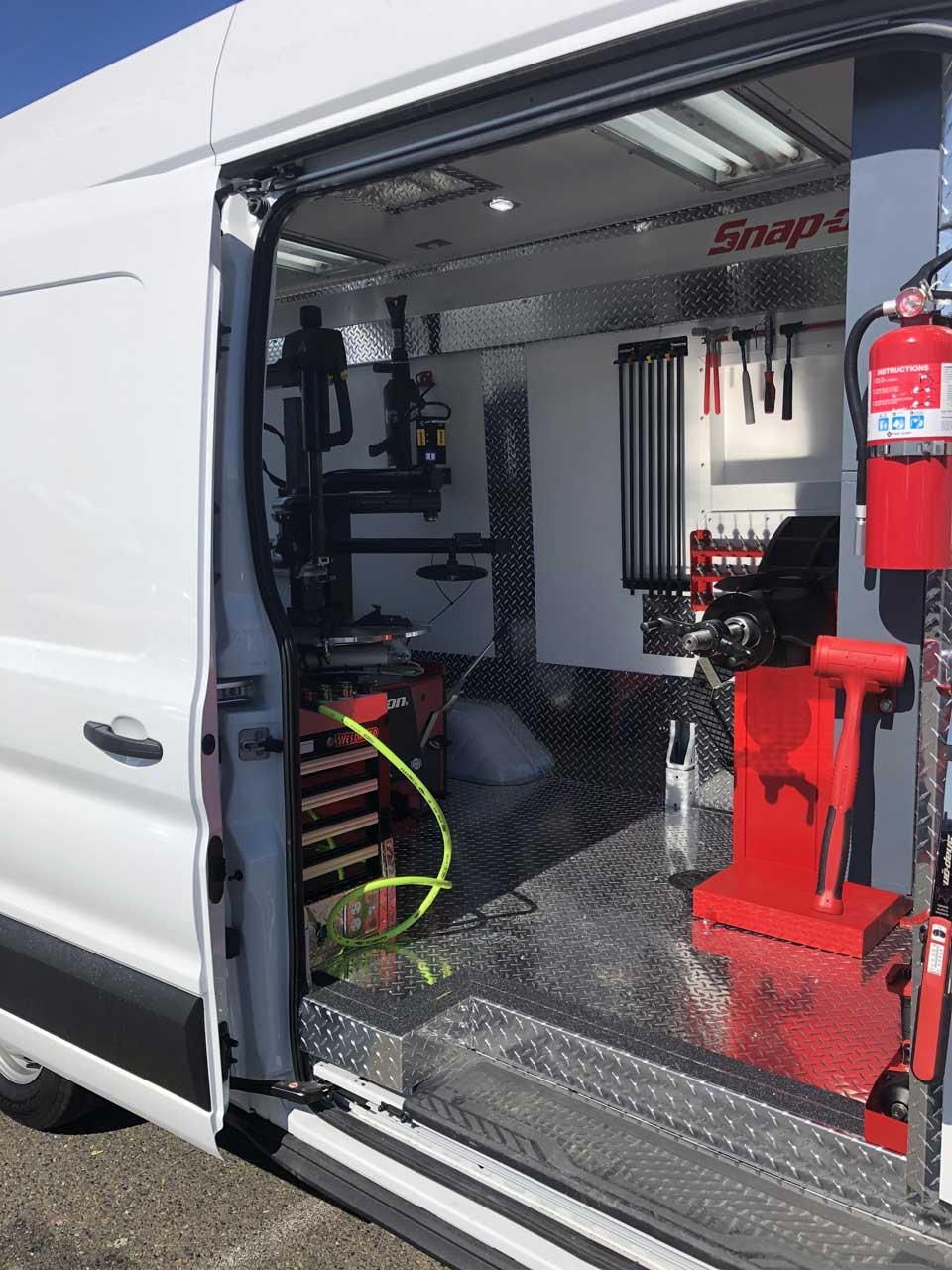Morris Tires: Your Location for GMC Tires Service Quality
Morris Tires: Your Location for GMC Tires Service Quality
Blog Article
Tire Service: The Impact of Climate Condition
When it comes to guaranteeing optimal performance and safety and security when traveling, recognizing the effect of climate condition on tire solution is vital. From scorching warm to icy roads, each climate aspect can considerably affect tire performance and general driving experience. By delving into the impacts of differing weather condition conditions on tires, chauffeurs can acquire important insights that may boost their automobile's performance and longevity. In this conversation, we will check out the intricate partnership in between weather conditions and tire solution, shedding light on the relevance of weather-specific tire upkeep methods and factors to consider.
Warm and Tire Performance
When revealed to heats, tires experience adjustments in performance that can dramatically influence automobile safety and security and handling. The warm created from long term driving or hot weather conditions triggers the tire rubber to soften, causing lowered tread life and boosted wear. As the rubber becomes softer, the tire's hold when traveling diminishes, affecting braking distances and general grip. In extreme cases, excessive warm can also cause tire blowouts, presenting a serious security danger to the lorry and its residents.

Cold Climate Effects
Cold climate conditions can have a significant impact on tire performance and safety. In cold weather, tires may additionally lose air pressure a lot more quickly, which can affect taking care of and gas efficiency.
To mitigate the effects of winter on tires, it is important to routinely inspect tire stress and inflate them to the manufacturer's suggested degrees. Utilizing wintertime or all-season tires designed for chilly climate problems can likewise enhance traction and grip on icy or snowy roads. Appropriate tire upkeep, including routine examinations for wear and damage, becomes even extra vital throughout chillier months to guarantee optimum performance and safety and security.
Rainy Issues Effect
Tires with worn-out treads are a lot more vulnerable to hydroplaning, where a layer of water develops up in between the tire and the roadway surface, leading to loss of grip. To morris tires fight this, drivers need to consistently examine their tires for ample walk depth and take into consideration investing in tires especially created for wet problems.
Furthermore, stormy climate can additionally reduce you could look here visibility, making it testing for drivers to see the road in advance plainly (GMC Tire Service). In such conditions, it is vital to change driving rates as necessary and preserve a risk-free following distance to enable unexpected quits. Appropriately filled with air tires can additionally aid in preserving control on wet roads by providing much better handling and grip
Snow and Tire Security
When driving in snowy problems, having the ideal tires can make a significant difference in security and efficiency. Wintertime tires are developed with unique rubber substances and step patterns to give better grip on snow and ice compared to all-season tires.

It is important to follow manufacturer instructions when installing and making use of tire chains to prevent damage to the tires and car. By picking the appropriate tires, maintaining appropriate rising cost of living, and thinking about extra traction help like tire chains, motorists can improve their safety when navigating snow-covered roadways.
Weather-Related Tire Upkeep
Weather-related tire maintenance encompasses a variety of practices intended at making sure optimal tire function and long life in various climate situations. One essential facet of weather-related tire maintenance is tire pressure policy. Evaluating tire tread regularly and changing tires when tread wear reaches a particular deepness is essential for keeping grip and security in negative climate.
Conclusion
To conclude, climate condition have a significant influence on tire efficiency and security. From heat influencing tire stress and put on to chilly weather lowering grip, it is vital to consider the weather condition when keeping and making use of tires. Wet conditions can reduce grasp and cause hydroplaning, while snow can raise the danger of mishaps if tires are not properly outfitted. Weather-related tire maintenance is important in guaranteeing optimum performance and safety when driving.
In this discussion, we will discover the elaborate connection between weather conditions and tire service, shedding light on the importance of weather-specific tire maintenance methods and considerations.

Report this page